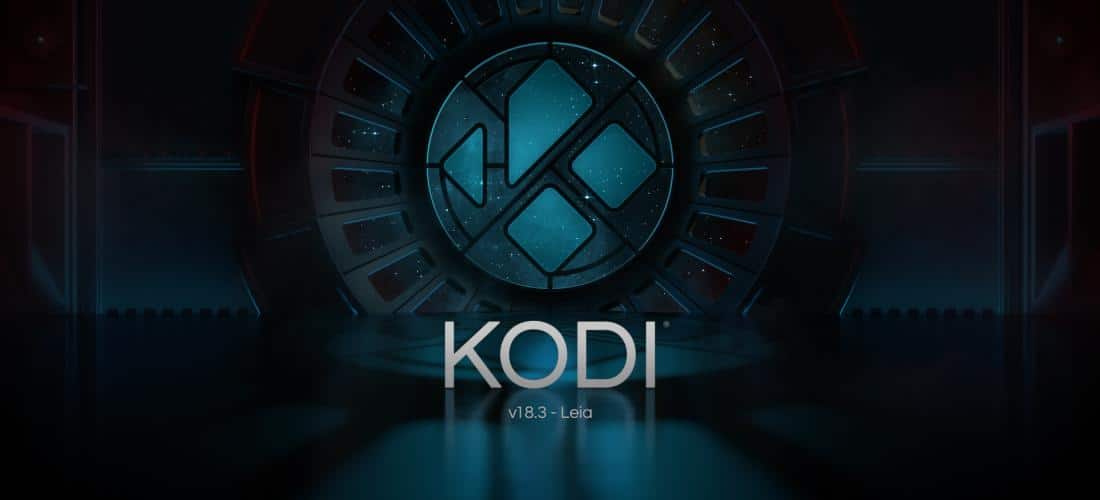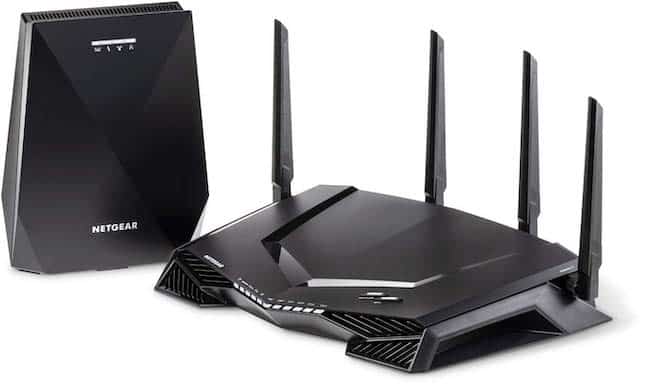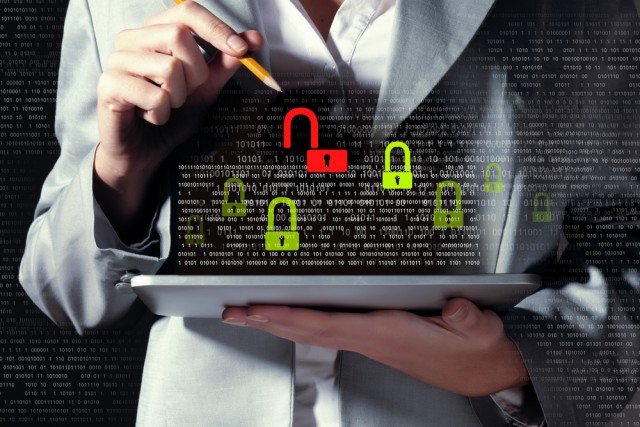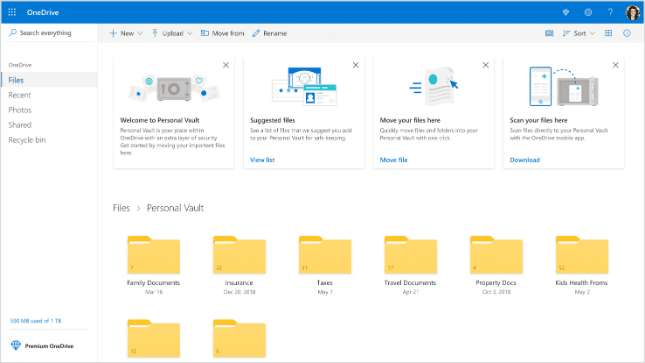
Apple and Jony Ive are consciously uncoupling
Apple has essentially kicked Jony Ive out of the company. Well, that's what my gut tells me anyway. Officially, the Chief Design Officer has left voluntarily to form a design company called "LoveFrom." This has sent shock waves throughout the technology community, as it was not at all expected.
Apparently, Apple will be LoveFrom's first client, which is just odd. It means Ive would work with Apple rather than for it -- a freelancer, if you will. This seems like malarkey to me -- the arrangement might just be a cover for all parties involved. Apple can protect its image by not sullying Ive's name through a proper firing, while Ive can continue to be a pompous bloke and retain his dignity. After all, neither party wants bad blood -- it can harm the reputation of both sides.

New Kodi update arrives -- download it now!
Earlier in the week the Raspberry Pi Foundation announced the arrival of the Raspberry Pi 4, a much more powerful version of its barebones credit-card sized computer that’s hugely popular with Kodi users. You can even buy a cool Kodi-themed case for it.
Hot on the heels of a new version of LibreELEC, the lightweight Linux distro that’s perfect for running Kodi on a Pi, the Kodi Foundation releases a new version of its home theatre software.

Millions of Microsoft Excel users vulnerable to remote DDE attack as new exploit is discovered
Security researchers from Mimecast Threat Center have discovered an Excel exploit that could leave 120 million users vulnerable to attack.
The security flaw means that it is possible to use Excel's Power Query tool to dynamically launch a remote Dynamic Data Exchange (DDE) attack on a spreadsheet and actively control the payload. The researchers also found that Power Query could be used to embed malicious code in a data source and spread malware.

Opera 62 unveils improvements to dark theme support, experimental task-planner feature
Opera Software has unveiled Opera 62, the latest major update to its Chromium-based web browser for Windows, Mac, Linux and Android. The new release continues to develop the Reborn 3 UI introduced in Opera 60.
Design changes include tweaks to the Dark Mode feature with support for Windows’ own dark theme implemented. A new feature -- Task Completer -- implementing existing tools (Speed Dial and browser history) has also been added.

Is Google Safe Browsing falling short on mobile?
Google has a pretty good record when it comes to protecting its users against online threats. Part of this is its Safe Browsing technology which scans billions of URLs each day to discover dangerous websites.
But research by mobile threat defense specialist Wandera has discovered a disparity between the protections available within Google’s desktop browser compared to its mobile browser.

New offering gives enterprises greater flexibility in security training
Cybersecurity is often as much about people as it is about technology. But despite increasing their spending, organizations are still struggling to close the cybersecurity skills gap.
Training and certification company Offensive Security is launching a new program for enterprises designed to simplify the cybersecurity training process and allow organizations to invest more in cybersecurity skills development.

NETGEAR launches XRM570 Nighthawk Pro Gaming 802.11ac Mesh Wi-Fi System
We are on the verge of the next big thing in home networking, which is 802.11ax -- also known as Wi-Fi 6. The truth, however, is it will be a very long time before a majority of households have 802.11ax routers or devices. Hell, I know many people still using 802.11G and N routers that are perfectly happy. Those that invest in Wi-Fi 6 today are most likely enthusiasts that don't really need it. They probably don't even have any 802.11ax clients!
With all of that said, it is still totally reasonable to buy an 802.11ac (Wi-Fi 5) router in late 2019. Today, NETGEAR launches a "new" 802.11ac mesh Wi-Fi system aimed at hardcore gamers. Called "XRM570 Nighthawk Pro Gaming," it really isn't a new product at all. Actually, it features two of the company's existing devices -- the XR500 router which comes factory-paired with the Mesh Range Extender EX7700. It runs the DumaOS, which is a specialized router operating system designed to prioritize gaming.

Data fragmentation is the main reason public cloud doesn't deliver
When IT managers adopted the cloud they believed it would simplify operations, increase agility, reduce costs, and provide greater insight into their data. Yet 91 percent say it hasn't delivered all the expected benefits and 88 percent that it isn't meeting management expectations.
A new study of 900 senior decision makers, for data management company Cohesity carried out by Vanson Bourne, finds that of those who feel the promise of public cloud hasn't been realized, 91 percent believe it's because their data is fragmented in and across public clouds and could become nearly impossible to manage long term.

Major vulnerability found in EA's Origin gaming client
Researchers at Check Point working with CyberInt have uncovered a chain of vulnerabilities in the Origin gaming client developed by Electronic Arts (EA). If exploited, the vulnerabilities could have led to player account takeover and identity theft.
Researchers have responsibly disclosed the vulnerabilities to EA, in accordance with coordinated vulnerability disclosure practices, to fix the vulnerabilities and roll out an update before threat actors could exploit the flaw.

Consumers less willing to share information following privacy scandals
In the wake of privacy scandals like that involving Cambridge Analytica consumers are changing their online behavior and sharing less information.
This is among the findings of new research from privacy app FigLeaf which shows 82 percent of online users in the US and 75 percent in the UK are choosing to change the way they behave online. Of these respondents, 74 percent say they are sharing less information.

Public cloud workloads set to double by 2021
On average, businesses run 27 percent of their workloads and applications in public clouds and expect this figure to nearly double to 48 percent within the next one to two years, according to a new study.
The report from IT marketplace Spiceworks shows 69 percent of businesses believe the flexibility of cloud environments will allow them to more easily adopt emerging technologies such as edge computing, serverless computing, and container technologies.

Windows 10 bug could slow shutdown by over a minute
It's usually the speed of a computer when using it that is of interest, but it's also important to factor in startup and shutdown times. Microsoft just confirmed a new bug in Windows 10 -- specifically Windows 10 October 2018 Update (1809) -- that could dramatically slow down shutdown and sleep times in some circumstances.
The problem relates to USB Type-C devices, and while it has been fixed in Windows 10 version 1903, anyone using version 1809 remains affected and needs to be aware of the issue.

Amazon Prime Day 2019 will last two full days
You'd think there was a clue in the name when it comes to determining how long Amazon's annual Prime Day lasts. But no. Not content with having stretched out the event for a day and a half last year, this time around Prime Day is actually two days long.
This means that you'll have a massive 48 hours to bathe in naked consumerism -- and hopefully bag yourself a bargain or two along the way. Amazon has already shared details of some of the deals you can expect to see on July 15 and 16.

Microsoft OneDrive Personal Vault makes it easy to secure files in the cloud
Long gone are the days where consumers were expected to backup data to clunky external hard drives to prevent losing files to a hardware failure (something many never bothered to do). These days, many of their documents and photos are saved in the cloud. Cloud storage is hardly perfect from a security and privacy standpoint, but for many consumers, it is an essential way to backup and access files. I'd rather consumers trust the cloud as opposed to not backing up at all and transferring files with non-encrypted USB flash drives. As they say, "don't let perfect get in the way of better" -- the cloud is better.
And today, OneDrive is getting better too. You see, Microsoft will soon be launching a new feature called "OneDrive Personal Vault" which will allow users to better secure their sensitive files in the cloud. Its brilliance is seemingly in its simplicity -- it is a OneDrive folder with a bank vault icon that requires additional authentication, such as SMS, biometrics, a pin, or the Microsoft Authenticator app. Visually, it should be easy for consumers to understand, which is essential. You can even "scan" documents directly to this special folder using your smartphone camera. Best of all, access to the Personal Vault is restricted after a period of inactivity, forcing a new authentication.

Run Kodi on Raspberry Pi 4 with Linux-based LibreELEC (Leia) 9.2 ALPHA1
While some folks use Raspberry Pi devices for tinkering, creating, and other geeky projects, many others simply use it for media playback. You see, thanks to the Linux-based LibreELEC operating system, you can easily run the Kodi media center on the tiny computer. Believe it or not, LibreELEC runs very well on Pi computers too -- it is a solid media consumption experience.
Yesterday, the Raspberry Pi 4 was announced with better specs and new ports, such as dual micro-HDMI which are capable of 4K video! You can even opt for up to 4GB of RAM -- quadruple what was previously available. Understandably, Kodi users were drooling over the possibility of running LibreELEC on the Raspberry Pi 4. Well, good news -- there is already an alpha build of the Linux distro for the newest Pi.



